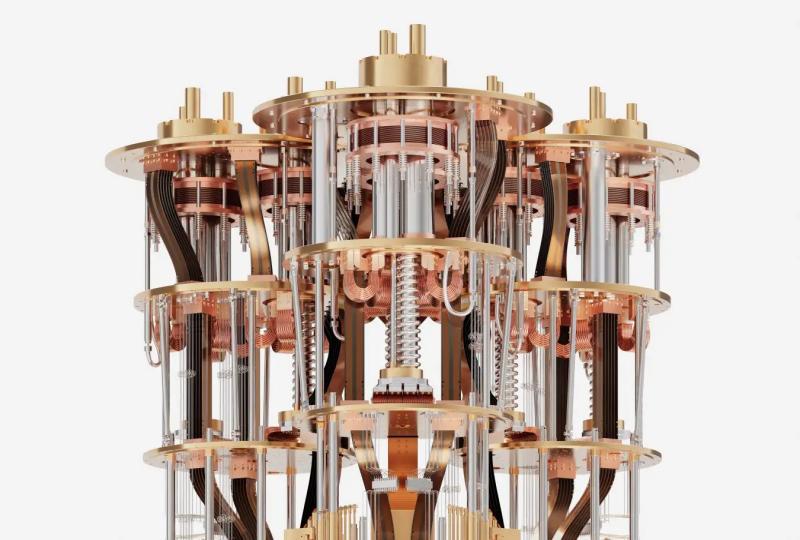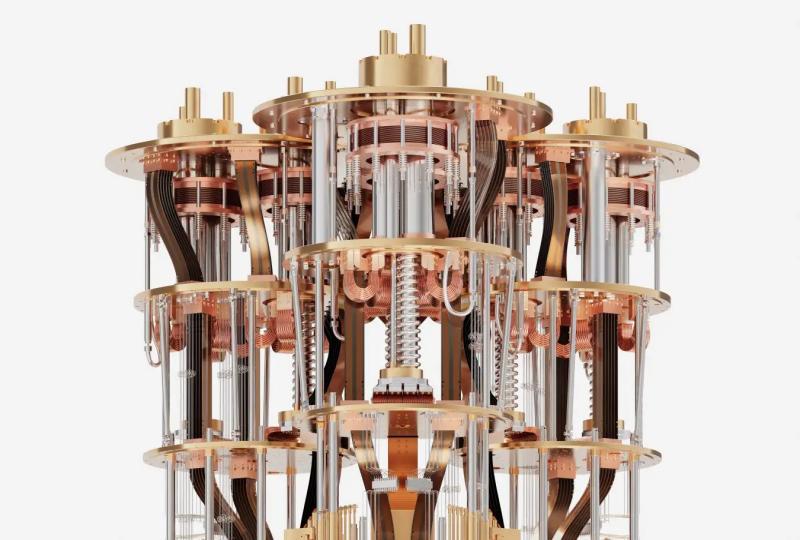Quantum Machines: The Next Revolution in Computing Technology
2025.09.04 · Blog Quantum Machines
Quantum machines represent the frontier of computing technology, harnessing the principles of quantum mechanics to perform computations that far exceed the capabilities of classical computers. Unlike traditional computers using binary bits (0 or 1), quantum machines operate using quantum bits, or qubits, which can exist in multiple states simultaneously through superposition and can be interconnected via entanglement. This foundational difference enables quantum machines to process vast and complex information in parallel, potentially revolutionizing fields from cryptography to material science.
What Are Quantum Machines?
A quantum machine is a system designed to perform tasks or solve problems by exploiting quantum phenomena such as superposition, entanglement, and quantum interference. These devices use qubits instead of classical bits, creating a computational paradigm where multiple outcomes can be explored simultaneously, making certain computations exponentially faster than classical counterparts.
Key Principles Enabling Quantum Machines
-
Superposition: Qubits can represent both 0 and 1 simultaneously, allowing quantum machines to evaluate many possibilities in parallel.
-
Entanglement: Qubits can be linked so the state of one instantly influences the state of another, regardless of distance, enabling complex correlations and speeding up computations.
-
Quantum Interference: This phenomenon helps amplify correct computational paths while canceling out incorrect ones, improving algorithm accuracy and efficiency.
Types of Quantum Machines
Quantum machines can be categorized primarily by their underlying qubit technology:
-
Superconducting Qubits: Utilized by companies like IBM and Google, these qubits are made from superconducting circuits operating near absolute zero to minimize noise and decoherence.
-
Trapped Ion Qubits: Used by IonQ and Honeywell, these rely on charged ions suspended in electromagnetic fields, manipulated with lasers, known for precision and long coherence times.
-
Photonic Qubits: Using particles of light, these qubits operate at room temperature, suitable for quantum communication and networking.
-
Spin Qubits: Leveraging the spin states of electrons in semiconductor materials, offering hope for scalable integration with existing technologies.
-
Topological Qubits: Experimental qubits based on exotic particles, theorized to be more stable and less error-prone.
Architecture and Components
Quantum machines consist of several crucial components:
-
Qubits: The fundamental information units.
-
Quantum Gates & Circuits: These manipulate qubits through quantum operations analogous to logic gates in classical computers.
-
Quantum Processor Units (QPU): The hardware that contains and controls the qubits.
-
Quantum Control Systems: Classical electronics that generate precise signals to operate the quantum hardware.
-
Cryogenic Systems: Necessary for many quantum systems to maintain ultra-cold temperatures for qubit stability.
-
Error Correction Modules: Essential components to detect and fix errors due to qubit fragility and environmental noise.
The Future of Quantum Machines
Leading companies like IBM plan to scale quantum machines to thousands of qubits in the near future, with ambitions toward quantum-centric supercomputers and fault-tolerant architectures. The development of quantum machines continues to be an international race, with advances promising transformative impacts in optimization, simulation, cryptography, and beyond.
In summary, quantum machines are specialized computing systems using qubits and quantum mechanics principles to solve problems classical machines cannot efficiently handle. Their variety in qubit technology and sophisticated architecture marks a pivotal evolution in computational capability, promising revolutionary advances in science and industry.
Featured Content






